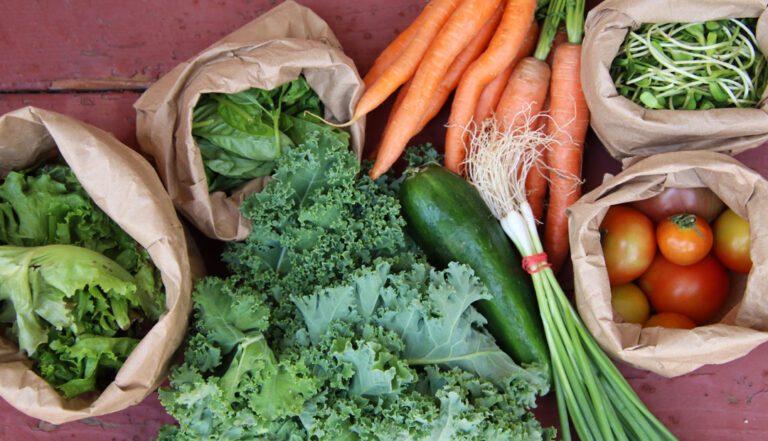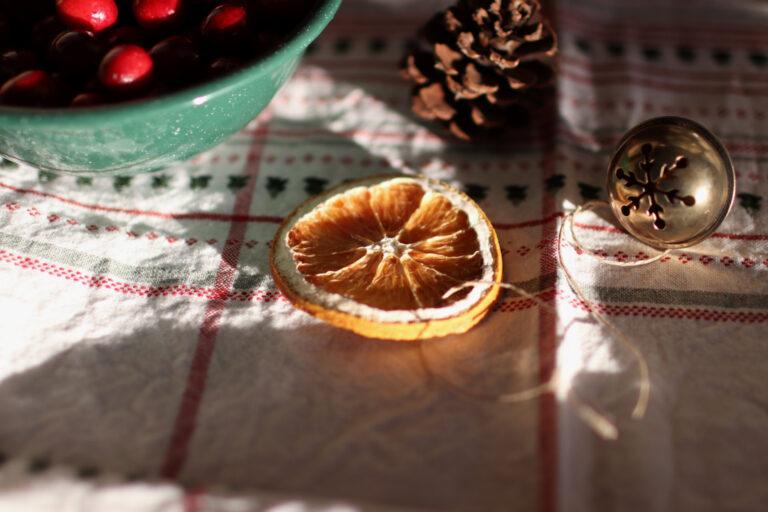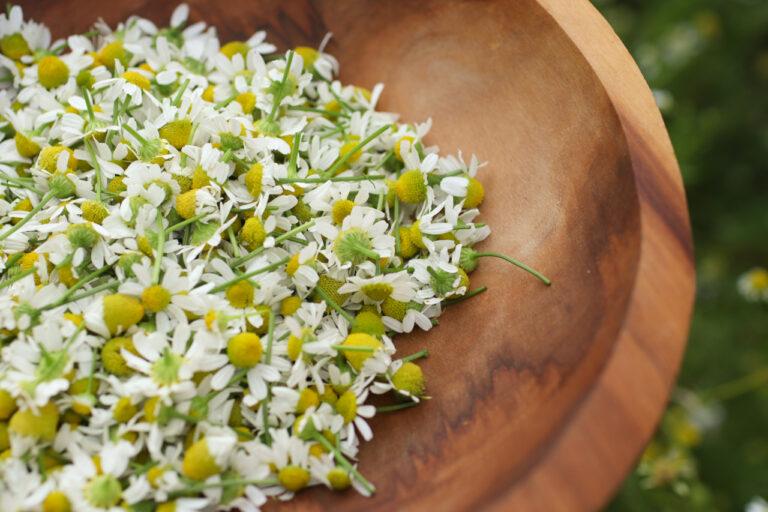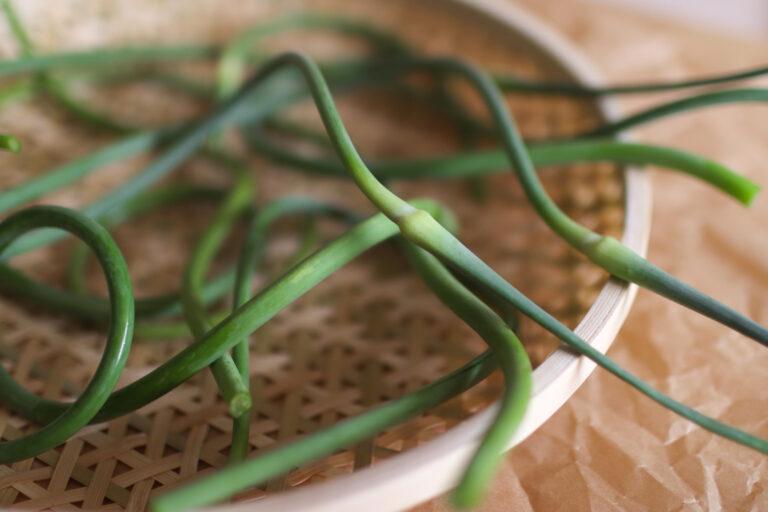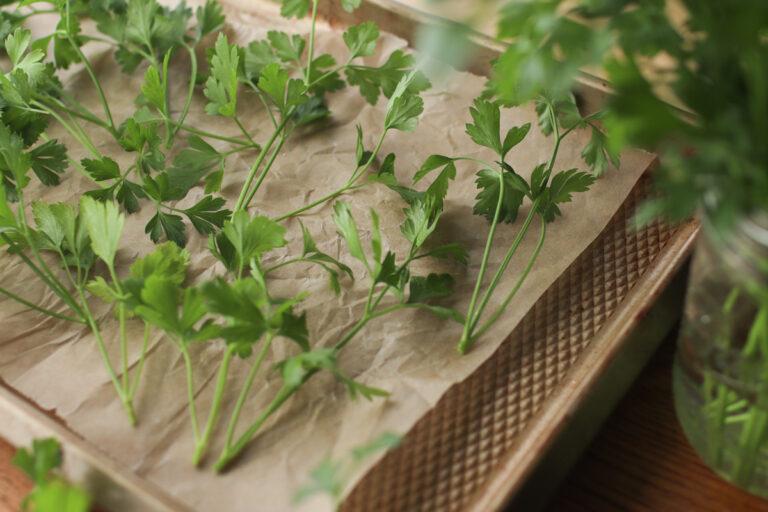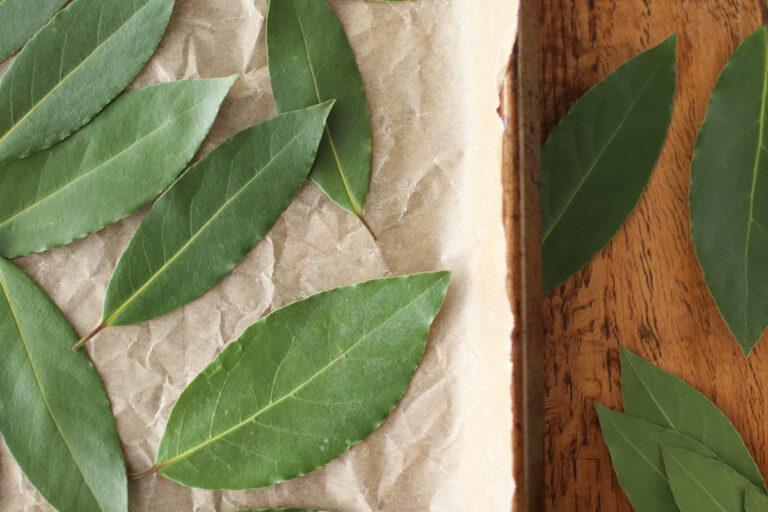Homesteading in an Apartment
Are you longing for a slow, simple, homesteading life but feeling stuck in an apartment? It can be so discouraging to know exactly what kind of life you want but to have jobs, finances, your spouse, and other circumstances stand in the way. However, there are a lot of ways you can be a homesteader even without the land!
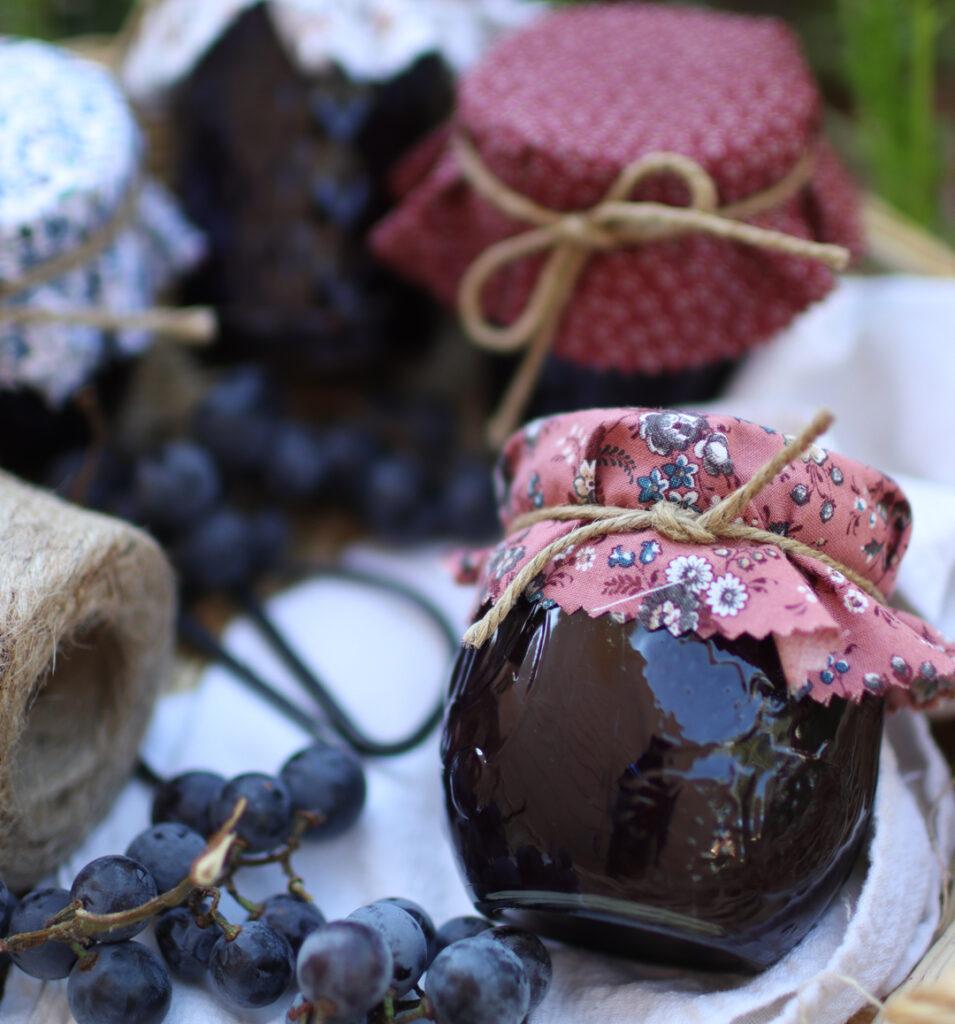
Instead of getting bogged down with what you don’t have, try embracing life in an apartment and become a homesteader right where you are. No, you can’t raise livestock, grow a huge garden, or have acres of land to roam around on, but there is a lot that you can do no matter how much space you have.
This post contains affiliate links. If you make a purchase through the links, I will earn a small commission at no cost to you. As an Amazon Associate, I earn from qualifying purchases. Read my full disclosure here.
Grow your Own Food
Growing your own food is one of the core pillars of homesteading. Despite your small space, you can grow some crops for yourself. Even in the tiniest apartment with the least amount of natural light possible, anyone can have a windowsill or small grow-light garden. Depending on your circumstances, here are a few garden options for you:
Grow a Container Garden
There’s a lot you can do with a sunny windowsill, a balcony, or a stoop. Don’t let your small space hold you back from growing something edible! Grab some pots or planters, some organic compost, and some seeds or seedlings, and get started. Some good plants to grow on a windowsill:
- Small herbs such as basil, mint, cilantro, parsley, thyme, and rosemary
- Microgreens
- Baby greens
In larger outdoor containers, try growing:
- Pepper plants
- Roots such as radishes, carrots, and turnips
- Tomatoes
- If you do have some outdoor space, check out my post on growing in small spaces for more ideas and tips.
Grow a Remote Garden
If you’re ready to take your container garden to the next level, consider gardening elsewhere. I was fortunate to have an offer from my parents to garden in their backyard and it allowed me to have a full-size garden while I was living in an apartment. Other gardeners I know rent a community garden plot or garden on a friend’s land. A lot of homeowners feel overwhelmed with their yards and would welcome someone else gardening on it for a share of veggies and flowers! Ask around and if that doesn’t work out, check into community gardens in your area. The cost is usually very reasonable and, as a bonus, you’ll get to know other gardeners in your city.

Buy from Local Farms
You aren’t able to be a farmer yourself or even grow all of your food in a full-sized garden, but that doesn’t mean you can’t eat local, fresh food. Produce, meat, eggs, and dairy can all be purchased from local farmers in most areas. There are a lot of ways to get connected with local food:
- Shop at Farmer’s markets
- Find a CSA program to sign up for
- Search for farms you can buy directly from
- See if your area has a co-op or farm-to-table store that partners farms with consumers
Cook from Scratch
Cooking from scratch is a richly valuable skill that, for most of human history until now, someone in every household possessed. Scratch-cooked food is far healthier and cheaper. Cooking your own food also makes you appreciate your food more and enjoy it more. Homesteading in an apartment is easy when it comes to this step! There is no reason an apartment would hold you back from cooking your own food.
Skip the convenience items and takeout and instead learn to cook simple, healthy meals from scratch.

Bake Your Own Bread
Baking your own bread is another easy, apartment-friendly, skill that will save you money and improve your health. Store-bought bread is full of preservatives and additives that are bad for your health and cost far more than a homemade loaf. Homemade bread needs only flour, water, salt, and sometimes yeast and it costs less than $1 per loaf in ingredients. Baking brings a sense of satisfaction and it’s a skill that will be great to have when you live on a homestead someday.
To learn to bake bread, I would recommend starting with a simple yeast loaf and eventually trying your hand at sourdough. King Arthur is a great resource for bread making of all kinds and I like Farmhouse on Boone for sourdough-specific content.
Learn How to Can Food
A lot of people associate canning with growing your own food, but this doesn’t have to be the case. Canning is a way of preserving what’s in season for times when that food isn’t growing nearby. You can preserve farmer’s market food or even grocery store food to have during the winter; it doesn’t have to be what you have grown yourself! When a particular produce item is in season (and therefore at its cheapest and most tasty), buy large amounts of it and get to canning! It’s a lot of work, but canning food is very rewarding and helps you disconnect from the grocery store just a little bit. If it’s your first time canning, I would start with fruits and jams. They are easy to can and there is the least risk of botulism, compared to vegetables. Even if you just do a few jars of jam, you will feel the joy of being a producer instead of a consumer.
To learn the basics of canning, I recommend checking out your local extension office. Each state has one to provide resources on gardening, landscaping, preserving, and more. You can also get the Ball canning book. Always use canning methods and recipes from trusted sources to ensure proper preservation.

Ferment your own food
Fermenting is another old way of preserving produce for many months. It produces sauerkraut, pickles, and more that are way more delicious, inexpensive and healthy than anything you can buy at the grocery store. By soaking vegetables in salt water brine for a few days to a few weeks, you are letting natural yeasts preserve and sour the vegetables. Fermented food is amazing for your gut health as it is full of probiotics and it preserves a lot of the nutrients from the fresh produce.
All you need to start fermenting are a jar, a spring or weight, and a fermentation lid. It’s surprisingly easy to do! I would recommend checking out this website to learn how. If you aren’t sure what to start with, I would try sauerkraut first. It’s so fun to make, delicious and versatile, and hard to mess up.
Learn Practical, Old-Fashioned Skills
A lot of homesteading is about being self-sufficient and being a producer rather than a consumer. This is what people have done for centuries before everything was purchased easily and cheaply at big box stores or online. You can start homesteading anywhere you are by learning skills that allow you to produce and not consume. Sewing, knitting, woodworking, soap making, candle making, and more. Take a class, watch YouTube videos, or just dive in and get your hands dirty. These skills will pay off over and over again!

Acquire Knowledge
While I hope to show you how much homesteading you can do in an apartment, I also know first-hand that it’s not exactly what you want to do. If having a full-scale homestead is a dream of yours, this time spent living in an apartment may feel like idle waiting until the time you can have land. If nothing else, I encourage you to view this time as a time of learning. Instead of wishing away your time or living vicariously through farm and homestead influencers, invest in your future by acquiring all of the homesteading knowledge you can. Take this time to read all you can on growing and preserving food, raising animals, caring for the land, and more. You’ll be glad to have the knowledge and resources at your disposal and it’ll give purpose to your season of waiting!
Here are some of the blogs, podcasts, and YouTube channels I enjoy learning from:
Even though you aren’t living your dream homestead life just yet, there is a lot you can do in an apartment to enjoy, practice, and prepare. Happy homesteading!

